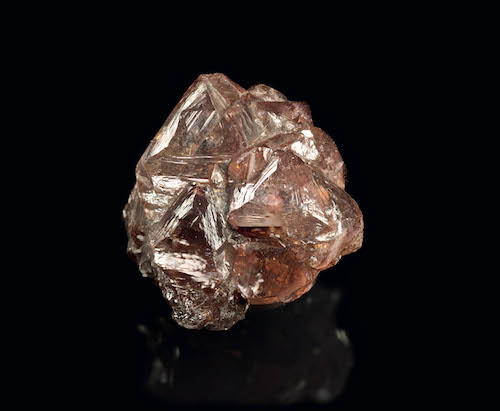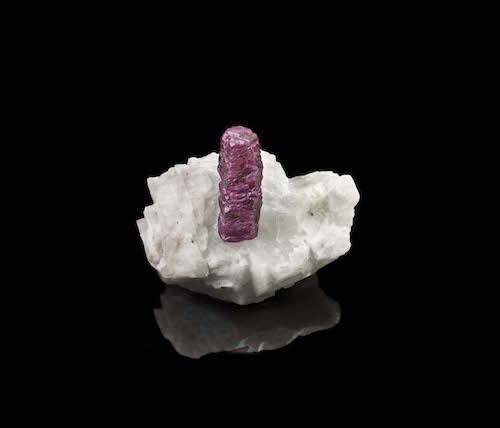True to the museum’s motto, “Amaze to Educate,” the strength of this exhibition lies in its original approach, which brings together mineralogy, gemology and jewelry. The tour offers a scientific and aesthetic stroll that guides the visitor through the path of the mineral, from its formation to its use in jewelry. “The beauty of natural history is an inexhaustible source of wonder. This emotion makes it possible to approach knowledge in a different way and to implement in our memory the facts that science shows us,” explains Bruno David, the museum’s president.
The beginning of the exhibition deciphers the extraordinary history of the formation of the Earth and the natural phenomena from which minerals arise, from the first diamonds crystallized in its depths 3.3 billion years ago to the marine oysters secreting pearls 50,000 years ago, to then look at the fascination they exert on mankind, who has been shaping them for millennia.
The second part of the exhibition highlights the metamorphosis of minerals into gems and precious stones by presenting each species from three different perspectives (raw minerals, shaped gems, jewelry pieces), thus offering a constant perspective of nature at work.
Finally, the exhibition sheds light on the importance of the role played by Paris, a place of historical, scientific and artistic knowledge, in the advancement and dissemination of knowledge in mineralogy up to the present day. Display cases mark out the route, allowing visitors to admire, among other rarities: a 90,000-year-old shell found in Algeria and considered to be one of the three oldest jewels in the world; L’Occitane de Sabine, a 99-gram gold nugget found in the Black Mountain; and the restoration of Jean Vendome’s astonishing Arbre aux tourmalines, a work of art at the crossroads of jewelry, design and sculpture.
Until June 14, 2021, you will be able to discover a wonderful variety of unique pieces, evoking a thousand-year-old history between innovation, technique and poetry, rich in information and bewitching in beauty. Before heading to the exhibition, here are five discoveries that we have made among all those that punctuate the tour.



